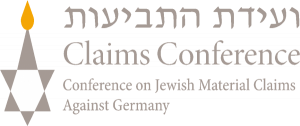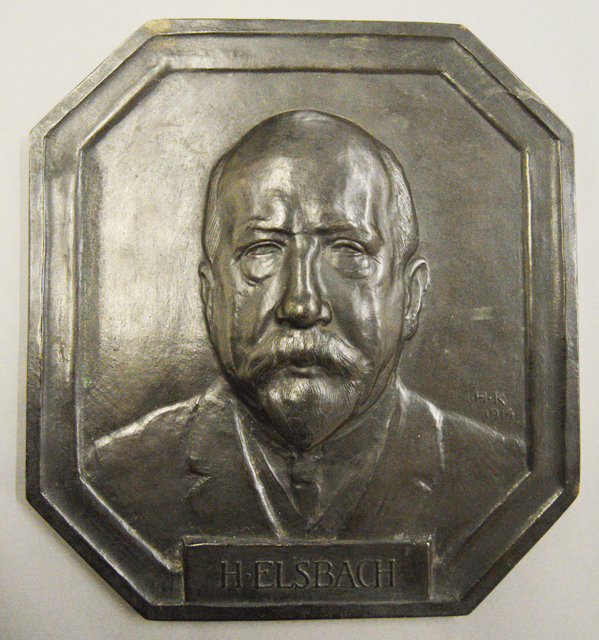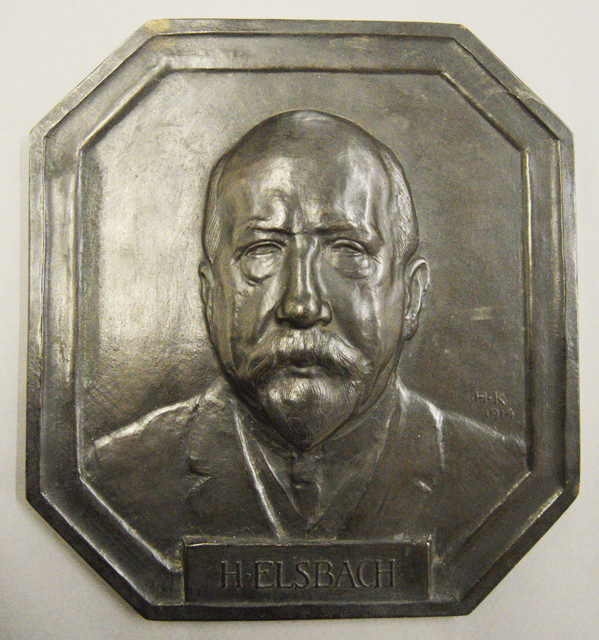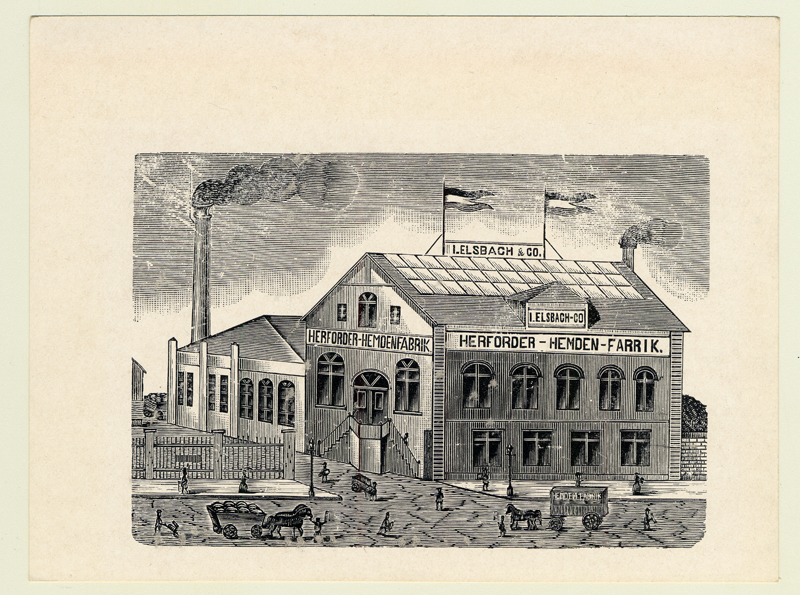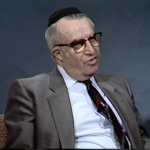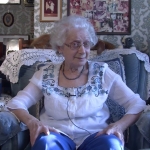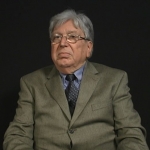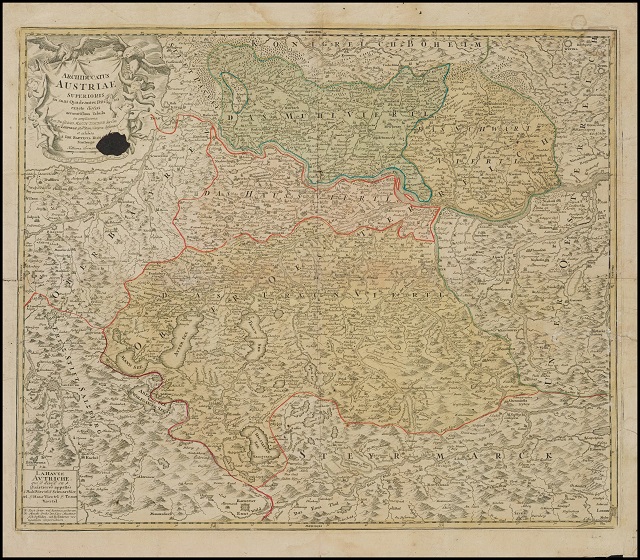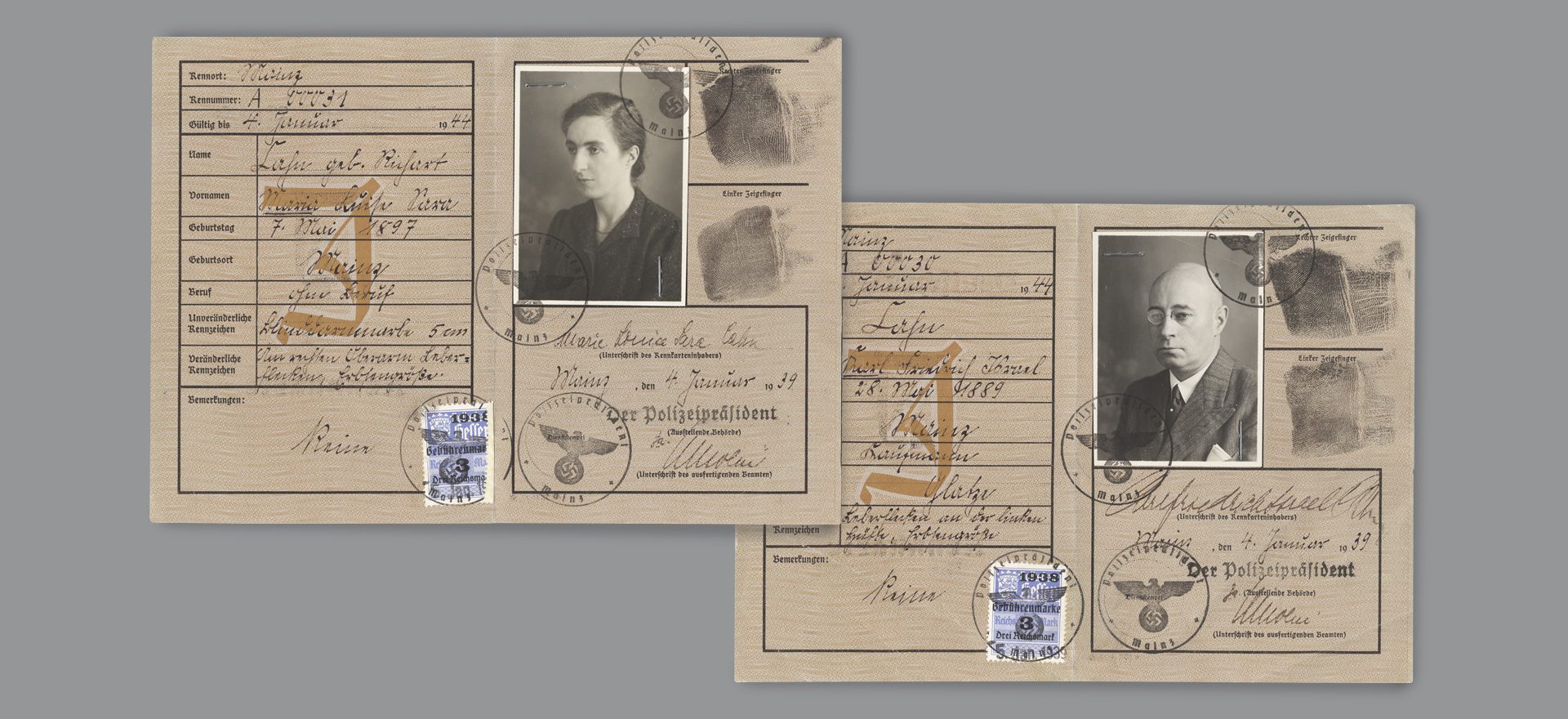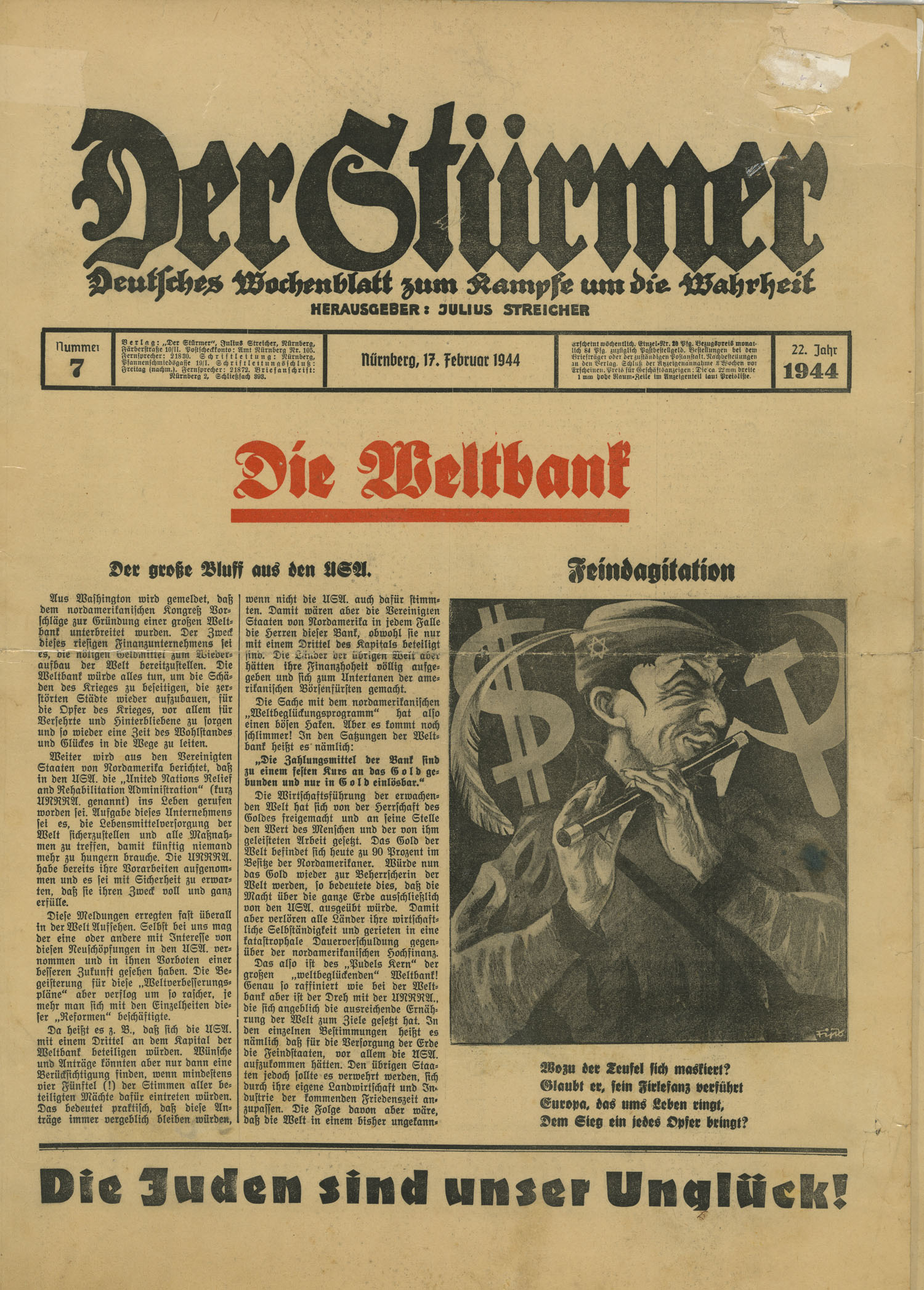This bronze bas-relief is a portrait of Hermann Elsbach. The frontal bust depicting Hermann in a suit demonstrates his important social standing as the co-founder of the Herforder Shirt Factory J. Elsbach & Co, the largest linen company in Europe around 1912.
The Elsbach family
The Elsbach family had been merchants since 1844, trading mainly manufactured goods such as clothing, dinnerware, rags and hay, animal skins and cast iron. After 1873, Josef and Hermann Elsback reoriented the family business toward manufacturing and selling clothes, thereby creating the Herforder Shirt Factory J.Elsbach & Co. In 1912, the company became Europe’s largest linen clothing company. However, following Hitler’s rise to power, racial policies were established in order to restrict Jewish entrepreneurs. From May 10 to July 3, 1938, Kurt Elsbach, Herman’s son, was detained by Berlin’s police to pressure the family into selling their share of the Herforder Shirt Factory J.Elsbach & Co.
« Aryanization » of Jewish businesses
This wrongful detainment is an example of the economic repression and the « aryanization » process implemented by the Nazis from 1933 to 1945. Between 1933 and 1938, Jewish business owners were coerced into transferring their commercial property to merchants deemed “Aryan”. These measures aimed to diminish the economic and social capital of Jewish communities to establish an “Aryan” dominance. These coerced transfers eventually became obligatory after 1938. As a result, Hermann Elsbach’s descendants were forced into selling their company shares for only 80% of their market value. The money they received was put into a bank account, to which they only had limited access since the state blocked it. Following these events, Käthe Elsbach, Hermann’s daughter, and her husband Adolf Maass were able to send three containers of their belongings to Canada and to the United-States, where their children had immigrated. Hermann Elsbach’s portrait most probably traveled with these containers.
Joan Maass, daughter-in-law of Adolf Maass and Käthe Elsbach, donated this bronze bas-relief to the Montreal Holocaust Museum in 2019.
This project is part of a grant from the Claims Conference.
